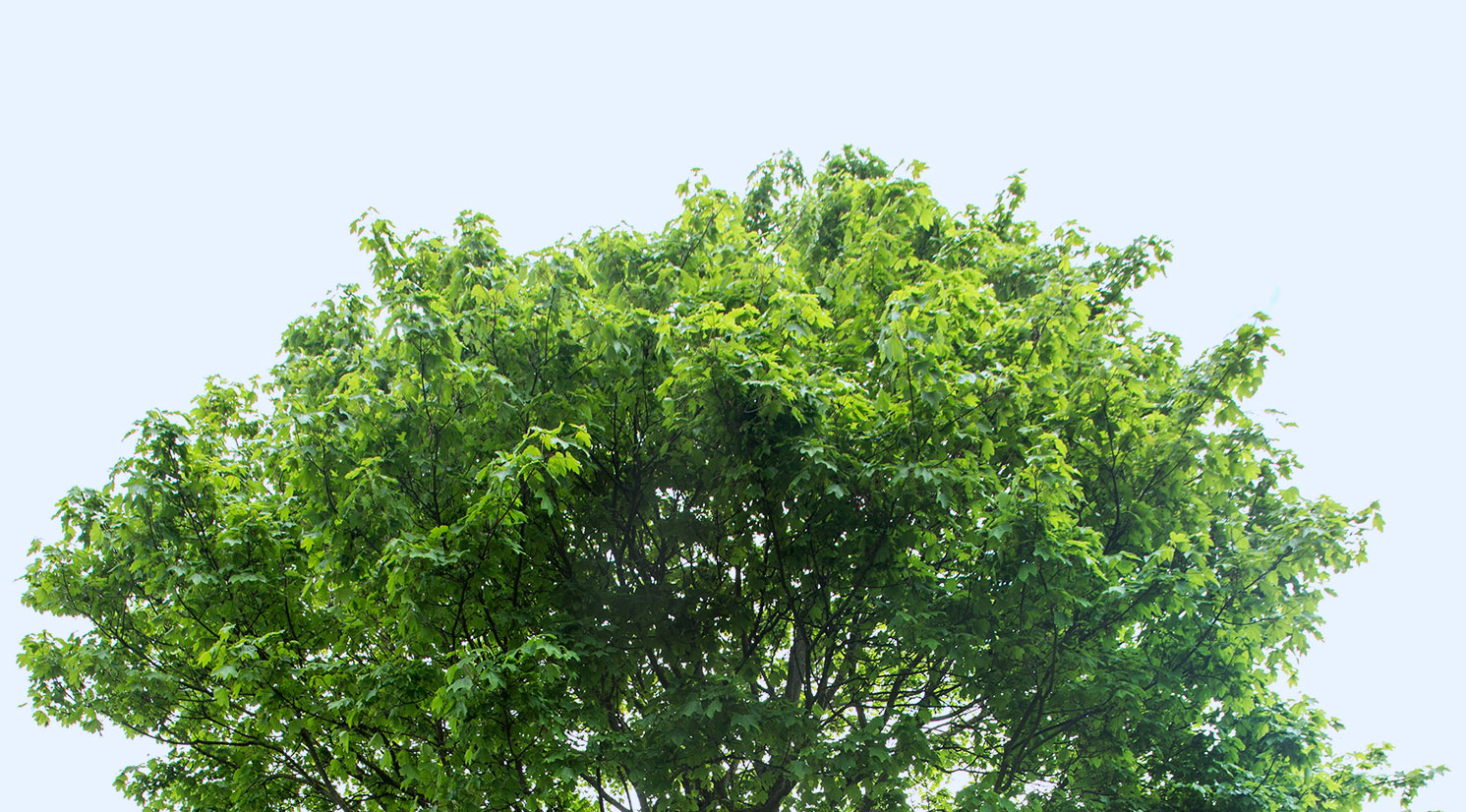Written by Peter Lowe, Senior Coordinator of Horticulture Education & Community Impact
The lead up to spring in Ohio is often an environmental roller coaster best suited to one of our excellent amusement parks. One day we are sunny and 70, the next day we are cold and snowy. The sunny warm days may be just what the doctor ordered for us, but our plants are another matter. These early spring-like days at the end of winter can confuse our plants into thinking they are a few weeks to months ahead of their natural schedule, putting flower buds, leaf buds, foliage, and fruits in danger of being damaged or killed by a late frost or snow. Like our plants, don’t be fooled by the spring-like days and start filling your garden too soon. In the meantime, continue dreaming, planning and creating those plant lists.
As garden dreams take shape in your mind and on paper, remember these two tips to be successful in the season ahead. Our plant hardiness zone has changed once again. As of 2023, the USDA has parts of Ohio ranging from 6a to 7a. Plant Hardiness Zones are the average annual extreme minimum temperature an area can have during the winter months and used by gardeners to determine what perennials will perform well in their area. Traditionally, the frost-free date for Central Ohio has been May 15th. This means that after this date, gardeners don’t need to fear cold temperatures that could damage or kill their plants and is the greenlight to begin planting the garden. Our frost-free date can land anywhere between April 27th and May 10th. For this reason, it’s important to monitor weather forecasts and look for overnight temperatures that are consistently 50 degrees.
Perennials, plants that return every year and live more than two, are a great way to add color, texture, fragrance, and more to the garden. Over the last 20 years I have planted, enjoyed, and lost more perennials than I can remember. However, there are a few memorable ones that have continued to perform year-in and year-out.
Origanum spp. – ornamental oregano
Have poor soil? This is the plant for you. It performs fantastically in hot, dry, sunny areas while still being cold hardy. Great in a rock garden, cut-flower garden or cottage garden as well as being a desirable dried flower. The versatility of Russian sage has made it a go-to in my garden.
Over the years, herbs have been used more and more in ornamental gardens for reasons other than their culinary impact. While lavender, rosemary and thyme have all had their moment to shine, I haven’t been more excited to see the introductions of herb cultivars. Preferring full sun and good drainage, these plants provide a spicy fragrance to the garden along with flowers ranging from pink to purple to chartreuse. While ornamental oregano has no taste for people, several pollinators are attracted by the flowers. Currently, in my garden I’ve planted ‘Drops of Jupiter’ with purple calyxes and pink flowers as well as ‘Gilt Trip’ with mauve calyxes and pink flowers. Both have yellow-green foliage, bloom all summer and hold onto their colorful calyxes after flowering.
Perovskia atriplicifolia – Russian sage
A moment of honesty, up until a few years ago Russian sage wasn’t on my radar. It wasn’t until I used ‘Sage Advice’ that my opinion swayed. I have now incorporated many other cultivars into my gardens such as ‘Denim ‘n Lace’, ‘Little Spire’ and ‘Blue Jean Baby’. Russian sage provides fragrant, upright blue-green foliage with shades of purple flower spikes.
Have poor soil? This is the plant for you. It performs fantastically in hot, dry, sunny areas while still being cold hardy. Great in a rock garden, cut-flower garden or cottage garden as well as being a desirable dried flower. The versatility of Russian sage has made it a go-to in my garden.
Lonicera sempervirens – honeysuckle vine
You read that right, honeysuckle! Not all honeysuckles are undesirable in the garden. The honeysuckle vine is native to the United States and found right here in Ohio. This vine can grow up to 20 feet with support, making it great for a trellis or fence. The clusters of red tubular flowers attract pollinators from hummingbirds to butterflies. While this plant prefers full sun and well drained soil, I am currently growing the cultivar ‘Major Wheeler’ in a partially shaded area with great success. Vines are typically used by growing them vertically on a support structure and can also be used as a groundcover. Look for the hybrid of the European and American honeysuckle vines ‘Gold Flame’ in the Learning Garden at The Arboretum!
Helleborus spp. – Lenten rose, Christmas rose, winter rose, Hellebore
Going by many names, the hellebore has been a staple in the garden for decades. As the common names imply, these perennials bloom in the late winter, early spring. Flowers arise from dark green, leathery semi-evergreen foliage in shades of white, yellow, pink, purple and red. These perennials prefer partial shade making them the perfect plant to grow under trees that haven’t yet put on their leaves. Hellebores are clumping, bush forming plants that like well-drained, organically rich soil and can make wonderful cut flowers.
Epimedium spp. – barrenwort
Epimedium is a groundcover that grows well in dry shade and can cover up to three feet. Their heart to lance shaped leaves come in various shades of greens and reds. The delicate flower is produced in the spring and appears to hover over the foliage with petals that look like wings and come in various yellows, pinks, oranges, reds, whites and purples. These are ideal for a woodland border or shade garden and can also be found in a rock garden. These tough plants bring color and whimsy to a part of the garden that makes it difficult to grow many other plants.
Be sure to visit The Arboretum this spring to check out these fabulous plants in action!

